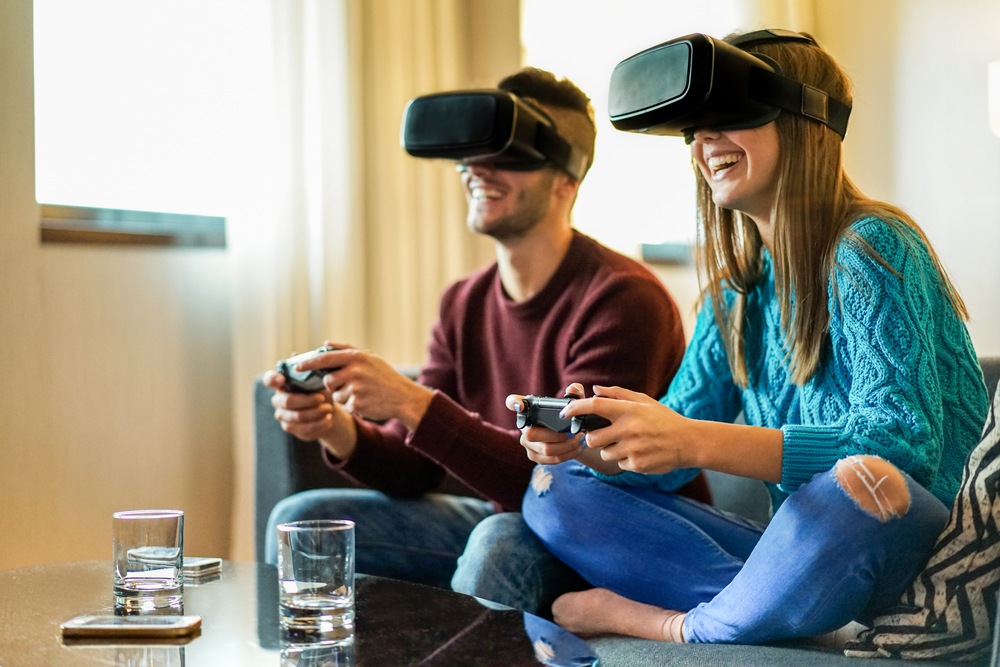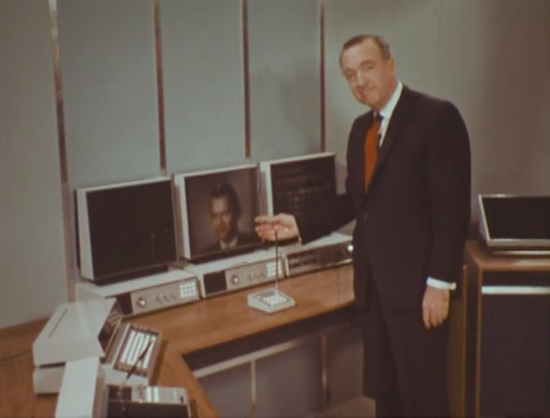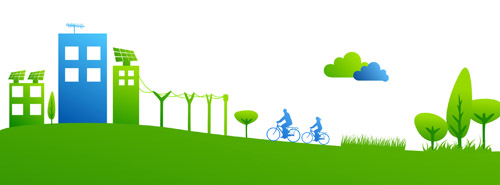8 Disruptive Trends
For Multifamily Design
Multifamily housing is changing more rapidly than ever before. The National Multifamily Housing Council recently released the Multifamily Disruption report. It highlights eight major trends that are changing the way we design and marketing apartments. 1. Robotics Tech research consultants at Gatner estimate that 26 billion devices will be connected through the cloud-based Internet of […]


